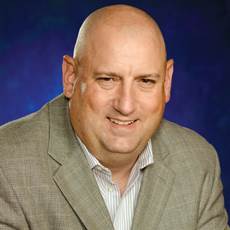Healthcare IT
Thought Leaders in Healthcare IT: Michael O’Neil, CEO of GetWellNetwork (Part 1)
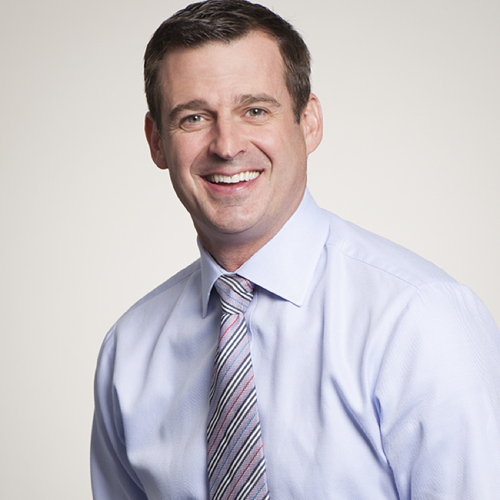
There are tremendous inefficiencies in the healthcare ecosystem and a large percentage of these can be streamlined with technology. This is a field where technology has an unambiguous positive impact to bring to bear. However, we’re still far from where we need to be.
Sramana Mitra: Let’s start with some introduction. Let’s introduce our audience to yourself as well as to GetWellNetwork. What do you do? What’s your background?
Michael O’Neil: I’m the Founder and CEO of GetWellNetwork. We are a company that has been around for some time >>>
Featured Videos
Can 1M/1M Help Me Raise Money?
How Does 1M/1M Democratize Entrepreneurship Education?
How Does 1M/1M Democratize Management Consulting?
When Is The Right Time To Join 1M/1M?
Can 1M/1M Help Me With Business Development?
Can 1M/1M Help Me With Market Sizing?
Can 1M/1M Help Me Validate My Product?
Will I Have Private 1-on-1 Sessions In 1M/1M?
How Does 1M/1M Help Entrepreneurs Connect With Silicon Valley?
Mentoring or Consulting?
Why Does 1M/1M Charge $1000 a Year?
Why Does 1M/1M Partner With Local Organizations?
Why Don\’t Mentoring Networks Work?
Why Is It Important To Study With 1M/1M Now?
Dan Stewart Story
Vikrant Mathur Story
Thought Leaders in Healthcare IT: Prashant Srivastava, CEO of Evive (Part 1)
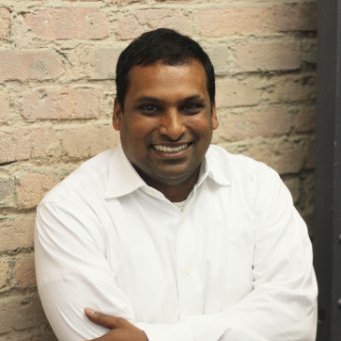
Prashant has built a very interesting benefits optimization company to over $30 million in revenue. He shares insights on how he sees the benefits optimization space is evolving with the application of predictive analytics. Very cool conversation!
Sramana Mitra: Tell us about Evive. What are you doing? What trends are you aligning with?
Prashant Srivastava: Think of Evive as Amazon meets Google meets Benefits. Like Amazon, we’re creating a recommendation for the end user based on a record on transaction or interaction that they have done in the past. Like Google, we are using ad >>>
Thought Leaders in Healthcare IT: Inder Singh, CEO of Kinsa Health (Part 1)
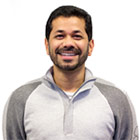
This is a very cool story of an intelligent thermometer with far-reaching consequences. Absolutely fascinating!
Sramana Mitra: Let’s start by introducing our audience to yourself as well as to Kinsa.
Inder Singh: I am the Founder and CEO of Kinsa. I started the company about five years ago. Kinsa has reimagined the thermometer, which is the first product parents turn to when a child falls ill. We’ve turned it into a health support system. We’ve done that for a much bigger reason. Our mission is to help curb the spread of an illness by understanding where and when it starts and helping to respond to it early. >>>
Thought Leaders in Healthcare IT: ClearDATA CEO Darin Brannan (Part 1)
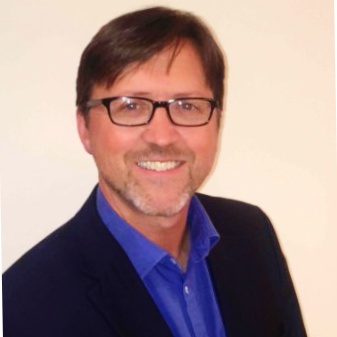
The infrastructure requirements of healthcare IT are particular. Darin discusses the issues.
Sramana Mitra: Let’s start by introducing our audience to ClearDATA as well as yourself.
Darin Brannan: I’m the Co-Founder and CEO of ClearDATA headquartered out of Austin, Texas. I’ve been in the tech business for about 25 years, mostly out of the Bay Area. For the past six years, I’ve been directly and almost exclusively focused on the healthcare IT market. Much of my family is in healthcare as physicians or practitioners. I’ve been around healthcare for a long time. ClearDATA’s >>>
Thought Leaders in Healthcare IT: John Damgaard, CEO of MatrixCare (Part 1)
Senior populations in all parts of America are ballooning. The population of unemployed younger people will also balloon as automation ravages American society. Can these two trends converge to find a happy middle ground with the mission of creating a compassionate, humane society?
Sramana Mitra: Let’s start by introducing our audience to MatrixCare as well as yourself.
John Damgaard: My name is John Damgaard. I’m the President and CEO of MatrixCare. MatrixCare is focused on the spectrum of US healthcare known as long-term post-acute care, which is a traditional name used to describe what we do. I often question whether it’s the best term to describe what we do. We’re in the business of pre-acute care primarily for the senior population ensuring their ongoing health and wellness as they move across their lives and as they move across the spectrum of care. >>>
Thought Leaders in Healthcare IT: Jas Grewal, CEO of CareSkore (Part 1)
Jas bootstrapped CareSkore with a paycheck and then was accelerated at YCombinator. The company rapidly scaled to over $5 million in revenues in 2016 selling a patient relationship management to hospitals and insurance companies. It’s a great window into a segment of Healthcare IT!
Sramana Mitra: Let’s start by introducing our audience to CareSkore.
Jas Grewal: The product that we’re bringing to market is called personalized population management. We are going after the population health market. There’s a lot of reasons why that segment is emerging at a really fast pace. It has a lot to do with what kind of outcomes we expect from this country from a >>>
5 Thought Leaders in Healthcare IT
The cost of healthcare is a hot issue since costs can be prohibitive, not only for the average person, but for employers and providers too. Improvements in IT are expected to reduce these expenditures dramatically, to help keep healthcare costs down without sacrificing the quality of care that patients receive. The opportunities in Healthcare IT are clearly huge in multiple dimensions, and I am convinced that many businesses can and will be built in this segment over this decade. The following conversations with some top leaders in the field discuss where their businesses found traction and shed light on where other problems that still need to be solved exist.
- John Palumbo, CEO of HealthRight – The US Healthcare system has much to be desired. HealthRight is trying to address a portion of the challenge.
- Norm Wu, CEO of i-Human Patients – There will be an acute need for trained medical professionals as healthcare becomes democratised around the world. Norm discusses what his company is doing in this very important realm using online education principles.
1Mby1M Deal Radar 2016: i-Human Patients, Sunnyvale, California
i-Human Patients, Inc. is a cloud-based e-learning company that is focused on rapidly developing and evaluating critical cognitive competencies in healthcare students and practitioners. Its main value proposition is that it simulates encounters with patients in order to teach users how to quickly, accurately, and cost-effectively assess and diagnose patients.
Thought Leaders in Healthcare IT: HealthRight CEO John Palumbo (Part 1)
The US Healthcare system has much to be desired. HealthRight is trying to address a portion of the challenge.
Sramana Mitra: Tell us a little bit about yourself as well as introduce us to HealthRight.
John Palumbo: My career stands almost 30 years now in healthcare. I’ve been very fortunate to have a fairly diverse career in the sense that I’ve done two startups. Both of them went public. One still remains a publicly traded company and is AllScripts, which is arguably one of the largest electronic medical record companies in the US. The other company was a company called I-Trax.
We got on the American Stock Exchange, grew it from a startup up to about $150 million. Ultimately, that company was sold to Walgreens. I also had an opportunity to work with two Fortune 100 companies in between. I have that diversity in large and small companies. In 2010 when the Affordable Care Act got passed, I was doing investment banking. >>>
Thought Leaders in Online Education: Norm Wu, CEO of i-Human Patients (Part 1)
There will be an acute need for trained medical professionals as healthcare becomes democratised around the world. Norm discusses what his company is doing in this very important realm using online education principles.
Sramana Mitra: Let’s start by introducing our audience to yourself as well as to i-Human Patients. What do you do? What trends are you working with?
Norm Wu: I’m a serial entrepreneur. Even in high school, I had a little bit of entrepreneurial experience. I was one of the co-founders of the campus radio station. I became very interested in technology. I started working in Silicon Valley after getting my BS and MS at Stanford. I worked on reconnaissance systems for the defense industry. This was during the Cold War when we really needed to understand what the bad guys were doing with respect to radars and missiles. >>>

